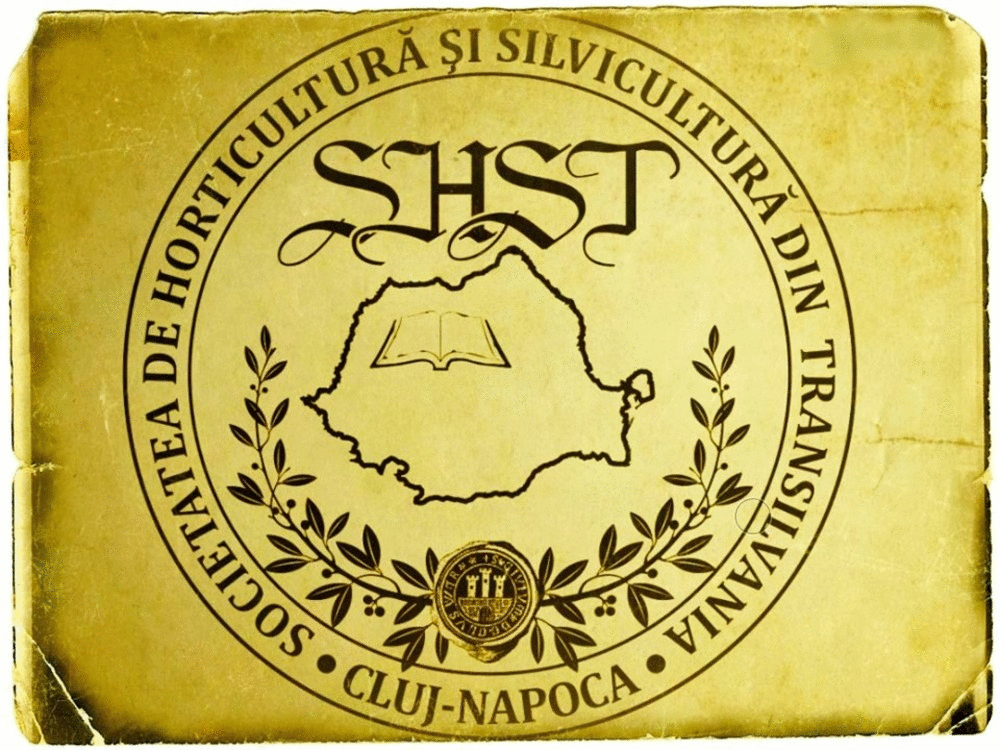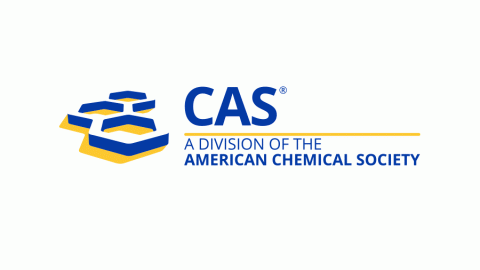Wood Anatomy in Several Genera of Nigerian Annonaceae
DOI:
https://doi.org/10.15835/nsb619192Keywords:
Annona; anatomical character; anticlinical wall; comparative study; leaf epidermal morphologyAbstract
The anatomical characteristic of the wood of Annona muricata, A. senegalensis, Xylopia aethiopica, A. glauca, A. squamosa, Cleistopholis patens, Monodora tenuifolia and Greenwayodendron suaviolis were investigated in search of their stable taxonomic attribute. Thirty-two wood samples were collected from eight species of Annonnaceae (four specimens each). Fixation of the most healthy and fresh wood of each species was done using 500 ml of FAA (Formalin Acetic Acid) and dehydrated in a series of ethanol while infiltration was done using tertiary-butyl-alcohol prepared in accordance with Johansen’s method. The sectioning was carried out with a rotary microtome and the slide containing the wood samples were examined using power shots s70 camera attached to computer. The results revealed several interesting wood anatomical features such as the presence of numerous fibre, ray cells, vessels, absence of axial parenchyma in some species, growth ring ranges from distinct to indistinct. Rays are composed of upright cells in A. muricata, fibre tracheid are also uncommon in A. muricata but common in G. suaviolis. Axial parenchyma are common in A. glauca and A. squamosa but absent in other species. The wood structure of A. glauca and A. squamosa are similar to that of C. patens, but the absence of axial parenchyma distinguished it from them. The results are important in understanding the relationships between and within the species.
Metrics
Downloads
Published
How to Cite
Issue
Section
License
Papers published in Notulae Scientia Biologicae are Open-Access, distributed under the terms and conditions of the Creative Commons Attribution License.
© Articles by the authors; licensee SMTCT, Cluj-Napoca, Romania. The journal allows the author(s) to hold the copyright/to retain publishing rights without restriction.
License:
Open Access Journal - the journal offers free, immediate, and unrestricted access to peer-reviewed research and scholarly work, due SMTCT supports to increase the visibility, accessibility and reputation of the researchers, regardless of geography and their budgets. Users are allowed to read, download, copy, distribute, print, search, or link to the full texts of the articles, or use them for any other lawful purpose, without asking prior permission from the publisher or the author.













.png)















